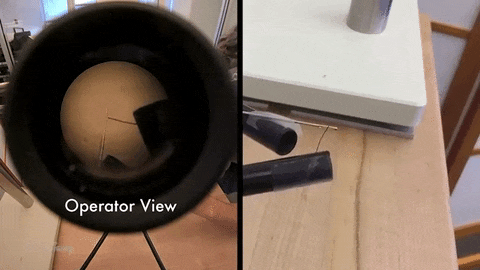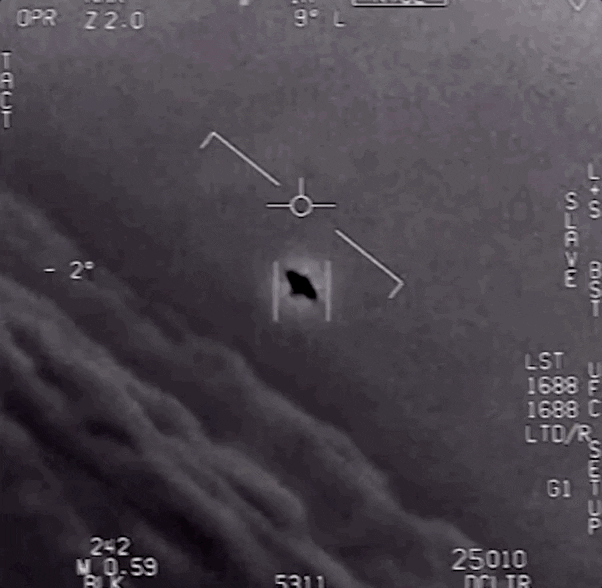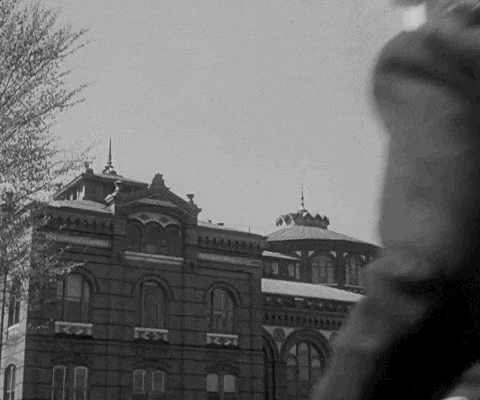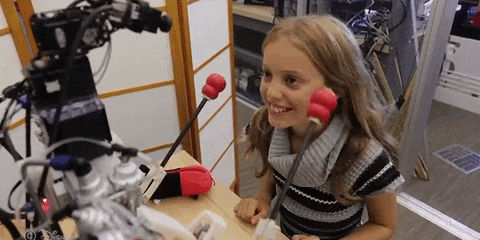Disney Research is about to reinvent the hug. In a new publication titled “A Hybrid Hydrostatic Transmission and Human-Safe Haptic Telepresence Robot,”a team of four authors announced the development of a robot that has joints and can mimic human movement, even manipulating objects with an impressive degree of finesse. It can either work autonomously or be remotely operated by someone who can see everything through the robot’s “eyes.”
The project took about two years to build, according to John Peter Whitney, an Assistant Professor at Northeastern’s University’s Mechanical and Industrial Engineering and one of the publication’s authors.
Whitney is currently working with a collaborator at Stanford University to explore the practical implications. One major usage could be needle biopsies, wherein a needle is inserted into a specific location to take a tissue sample. Normally, this necessitates a clinician putting a patient in an MRI machine, scanning, taking them out, inserting the needle, putting the patient back in to scan again, and so forth. This new technology could provide the clinician with the ability to insert the needle while they’re viewing the live imaging. They’d even be able to feel the needle going in. The robotic arms could also be used in “glove box”-type applications, handling radioactive or other hazardous materials.
“If you want to build robots that interact closely with humans, [it helps to] be able to make the arms very light. In the same way that a humans have proprioception,” Whitney says. “Humans muscles have senses that inform the brain where its arms are … this [robot] can directly feel the environment in the same way. So all the fine interactions between hand and environment are well-preserved, and that allows you to perform more delicate operations, or just move faster with an equivalent level of safety.”
Whitney says that today’s robots are programmed to go from A to B and/or to stop if something gets in the way. What this new tech from Disney Research looks to do is provide more sensitivity and nuisance to robotic motion, meaning machines won’t have to choose between either aborting mission or smashing something (or someone) into pieces.

We might not be too far removed from a future where apps supplement much of the work therapists do. Robots and high-tech, lifelike dolls are becoming increasingly popular companions, replacing humans for those who prefer their company a little less carbon-based. And don’t forget the brief trend of businesses/safe spaces marketing just cuddles or nap-buddies. So with all that in mind — could Disney’s new robot be commissioned to give out nice, warm hugs?
“Of course,” Whitney said. “Of course … either [autonomously] or with a direct human operator, it’s reasonable to consider both forms of operation.”
Aww.
Photos via YouTube / DisneyResearchHub, YouTube / DisneyResearchHub























